What the query does is:
- Follow all outgoing edges in edge collection
edge_collec from start vertex A
- Then sort in ascending order by edge attribute
order
- Return the vertices (the last vertex of each found path)
The edge attribute e.order is either 0 or 1:
A --[ order: 1 ]--> BA --[ order: 0 ]--> CB --[ order: 1 ]--> DB --[ order: 0 ]--> E
Sorting by order will return C and E (0) before B and D (1).
Because two edges have the same value, it's undefined whether C or E is returned first, and whether B or D is returned third.
If you want the vertices at depth = 1 to be returned before the vertices at depth = 2, but still sort by order on each depth level, you can use:
SORT LENGTH(p.edges), e.order
LENGTH(p.edges) gives you the current depth of the traversal. It first sorts by depth, then by the edge attribute and will give you the desired result order: C B E D
